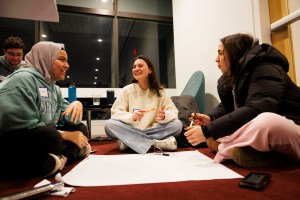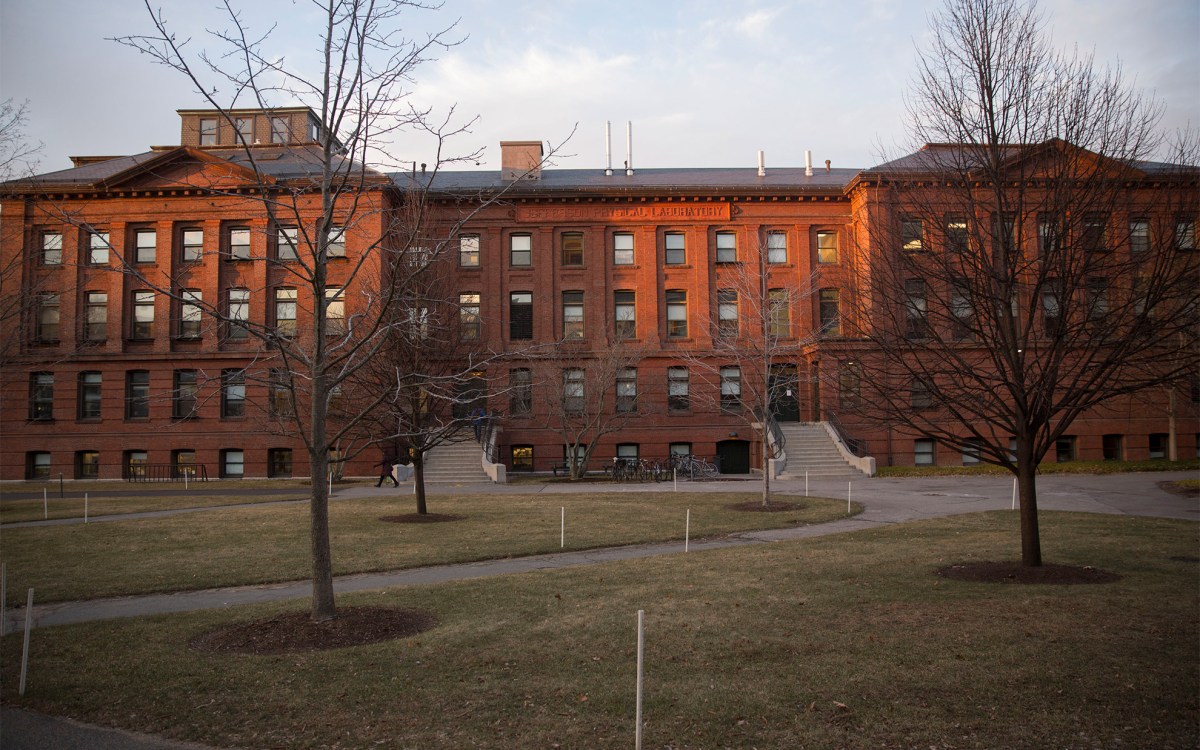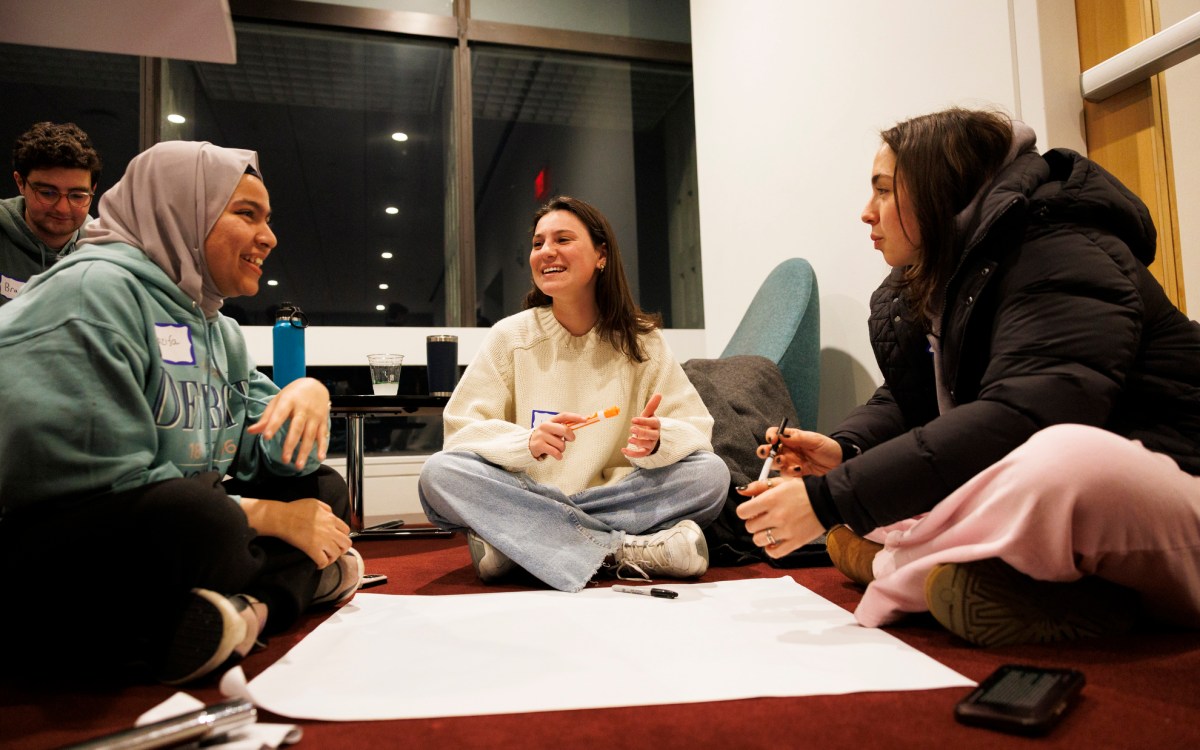College admissions yield is nearly 80 percent
Nearly 80 percent of students admitted to the Class of 2004 have chosen to enroll, the highest yield since the early 1970s, according to the Undergraduate Admissions Office.
Yield, the percentage of admitted candidates who decide to accept an offer of admission, is considered a measure of a schools competitiveness. Harvards yield is again, by a wide margin, the highest of the nations selective colleges. When the final figures are available, the yield could go even higher.
The 2,035 students admitted to the Class of 2004 were selected from a pool of 18,691 applicants. For the ninth time in the past decade, applications for admission to Harvard College have risen. Last year, 18,161 students applied for the 1,650 places in the entering class.
The very high yield means that the Class of 2004 is nearly full, and it was possible to admit only a small number from the waiting list.
“We are extremely pleased that the College has again attracted so many extraordinarily talented students,” said William R. Fitzsimmons 67, Dean of Admissions and Financial Aid. “A major factor in these excellent results has been our very generous financial aid program. The goal of that program is to put Harvard within the financial reach of unusually talented students from all backgrounds, and our exceptional yield is one important measure of the programs success.”
Sally Clark Donahue, director of financial aid, observed that “our policy of need-blind admissions combined with need-based aid is the foundation on which our recruitment program rests. It remains the critical ingredient in assembling student bodies of unsurpassed excellence.”
Approximately 48 percent of undergraduates this year will receive scholarship support. More than $55 million will be devoted to scholarship aid, 93 percent of which comes from University resources. About two-thirds of undergraduates will be eligible for some form of financial aid. The average annual grant will be larger than $17,000 with a total aid package (including scholarships and jobs) of more than $22,000.
Marlyn McGrath Lewis, director of admissions, noted that areas of academic interest remain much the same as those of the Class of 2003. The humanities led the way, with nearly 30 percent of the class planning to concentrate in this area. Twenty-three percent list biological sciences as their prospective area of concentration, 23 percent lean toward the social sciences and more than 8 percent are interested in the physical sciences, 9 percent in engineering and computer science, 6 percent in math, and 1 percent undecided.
In addition to a successful visiting program on April 27-30, attended by nearly a thousand admitted students, many other recruitment efforts contributed to this years excellent yield. Alumnae and alumni hosted local receptions throughout the United States and abroad. They also called and wrote to students admitted from their local areas.
Members of the teaching faculty telephoned admitted students, served on several panels during the visiting weekend, and were an invaluable source of advice for prospective students as they made their final college choices.
“Faculty members have been an integral part of the recruitment and selection process for the Class of 2004,” Fitzsimmons said. “Their accessibility throughout the year to prospective applicants helps to ensure the future strength of the College”
“We are particularly grateful to our faculty committee, and this year they were called upon more than ever before to assist in the difficult task of making the final admissions decisions,” said Lewis. Members of the faculty serving on the Admissions Committee are John Dowling, Gary Feldman, Patrick Ford, Benedict Gross, J. Woodland Hastings, Richard Holm, Harry Lewis, Gregory Nagy, Venkatesh Narayanamurti, Nancy Sommers, Frans Spaepen, William Todd, Helen Vendler, and Robert Woollacott.




